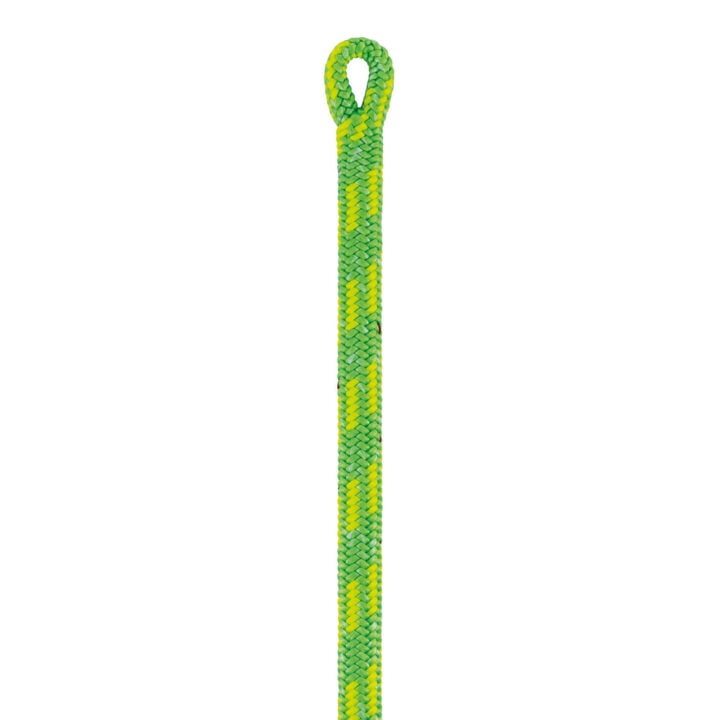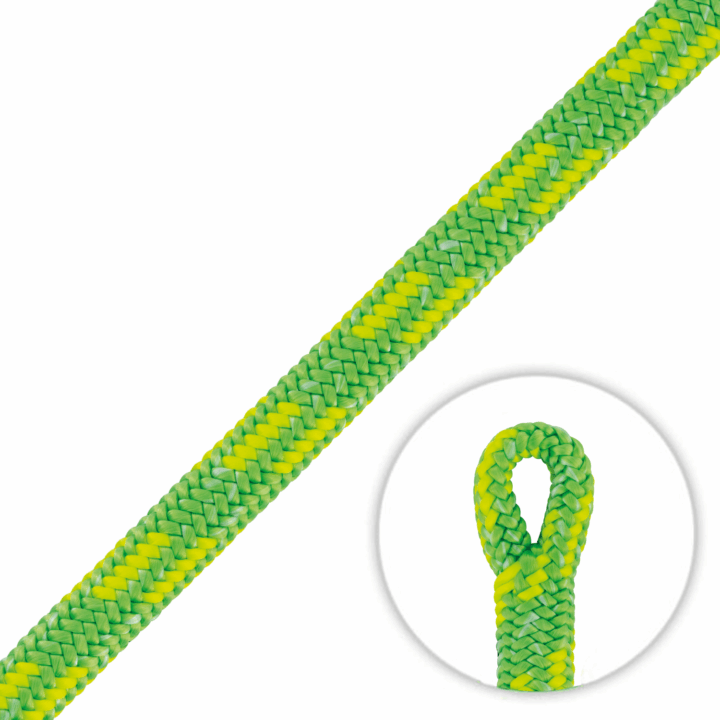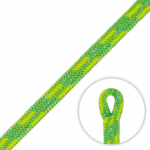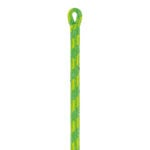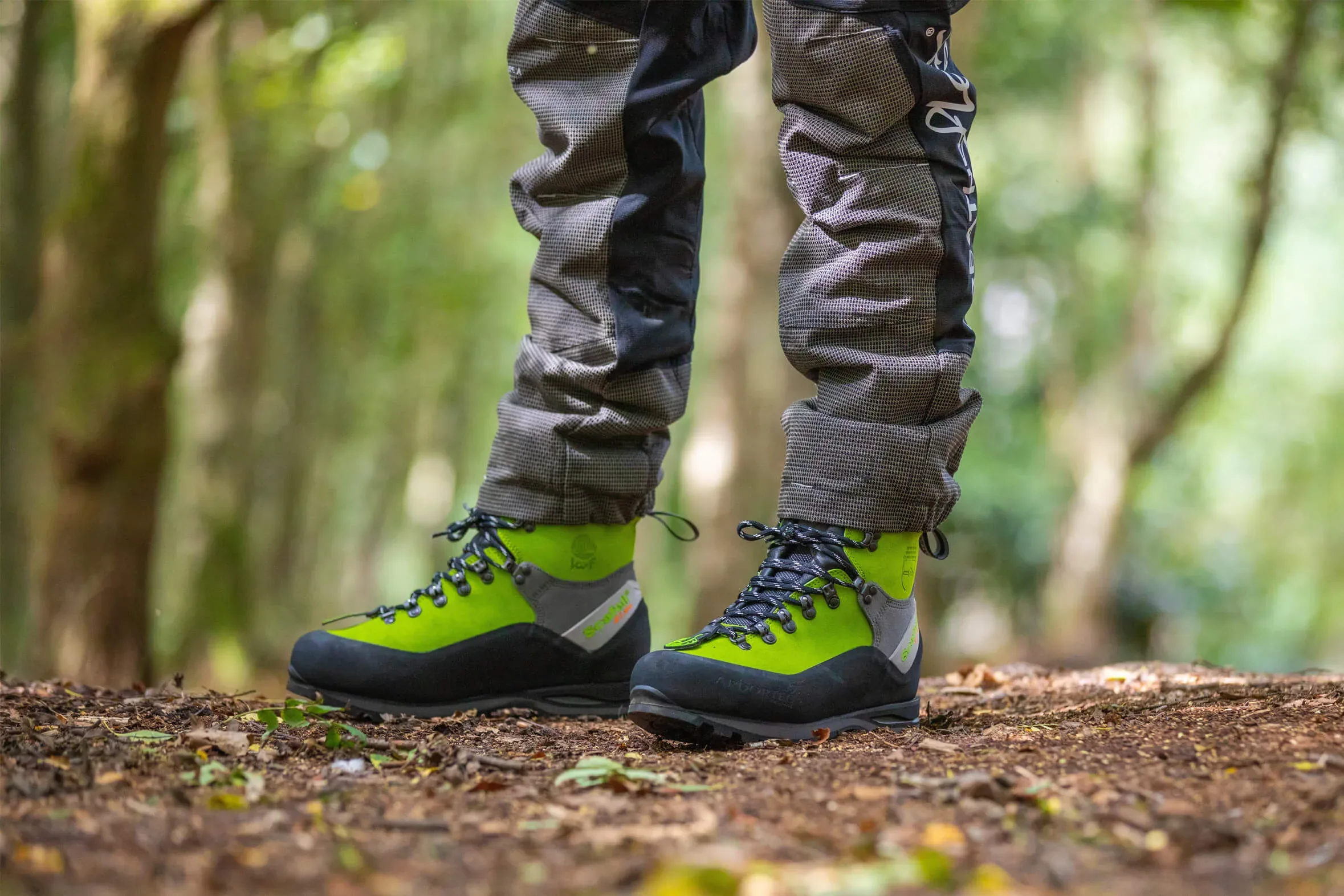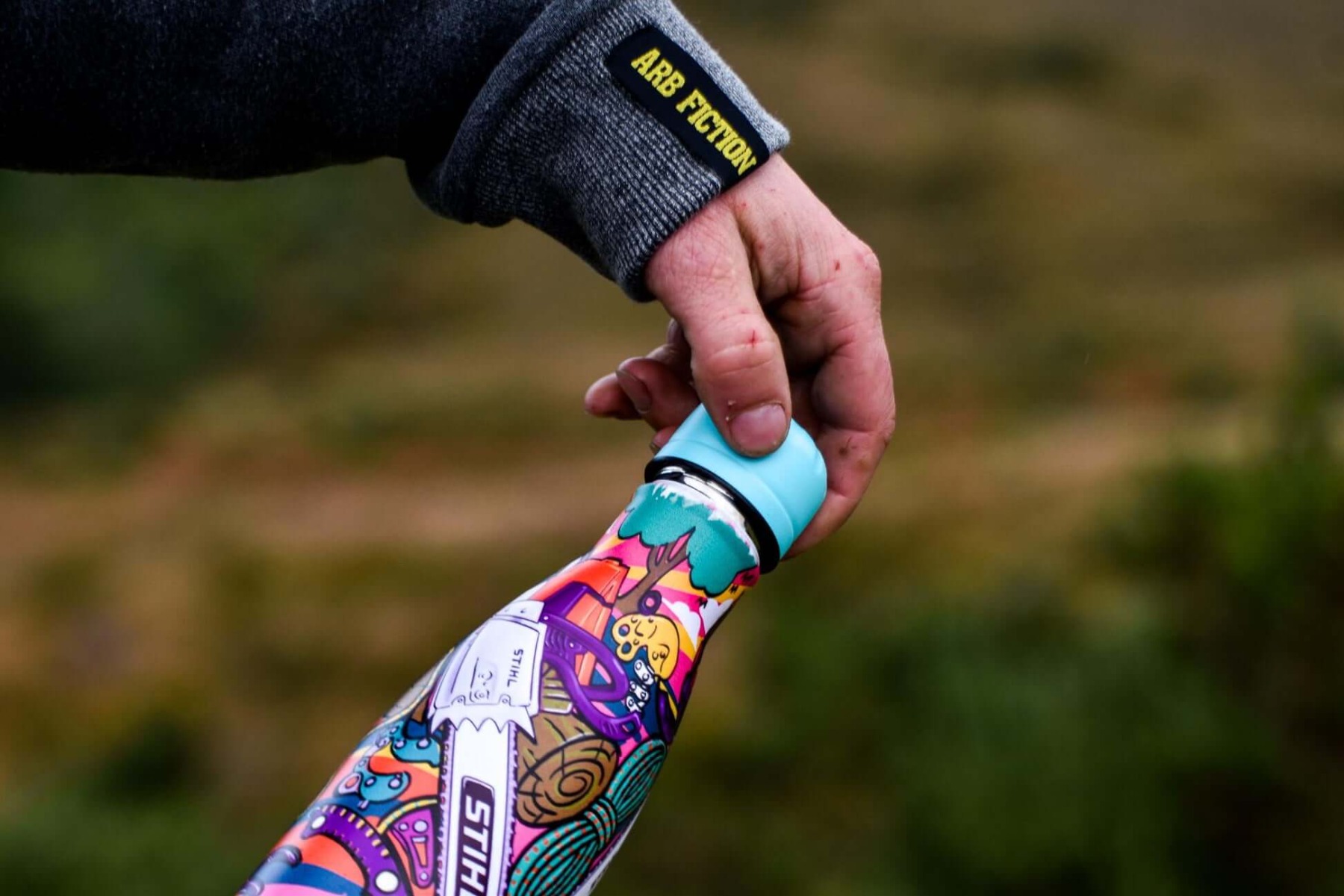Description
The CONTROL 12.5 mm low stretch kernmantel rope is designed for tree care. The large diameter ensures high strength and excellent grip. The EverFlex technology guarantees great flexibility and handling over time. It comes with a splice at one end for optimal rope glide through devices like a friction saver or pulley, and through tree branches. The small size of the splice allows it to pass through the friction chain of the ZIGZAG and ZIGZAG PLUS mechanical Prusiks. Rope available in two colors and three lengths.
- Designed for tree care: patented splice at one end for optimal rope glide through devices like a friction saver or pulley, and through tree branches. The small size of the splice allows it to pass through the friction chain of the ZIGZAG and ZIGZAG PLUS mechanical Prusiks.
- Large diameter ensures high strength and excellent grip
- Consistent performance over time:
– 100% polyester double weave construction
– EverFlex technology ensures great flexibility under any conditions (water, dust, mud…), allowing it to maintain excellent handling and optimal functioning with devices - Available in two colors (green and orange), to help easily identify different working ropes
- Standard lengths: 35, 45 and 60 m
Petzl
Reviews
Petzl Warranty
Petzl Rope Maintenance Guide
Usage tips
- Do not walk on the ropes.
- When tying in repeatedly, tie into alternate ends of the rope on each pitch to avoid creating twists.
- Avoid descending too fast on a rope as this heats the sheath and accelerates wear (rappelling, or lowering a climber on top rope). During very rapid descents, a rappel device can become hot enough (230 °C) to melt the nylon fibres of the rope.
- Store your ropes in a proper bag that will protect them from dirt.
- Store ropes in bags, uncoiled. This avoids creating twists. Keep rope away from contact with sharp objects (ice screws, ice axes, crampons).
- Keep your ropes clean. A rope’s condition can have an impact on the wear of other gear. For example, a muddy rope can inhibit the proper function of an ascender. A wet, sandy rope can cause premature wear of ascenders, descenders, and connectors.
- Mountaineering, especially in glaciated areas, canyoning and caving are practised in extremely abrasive environments, laden with silt, water, and sand. Remember to rinse your ropes with water after use.
- Cutting rope:
– Use a hot knife to obtain a neat, clean cut.
– When cutting rope (new ropes on reels sold by the meter, or used ropes divided into multiple sections), you should mark each rope end with the appropriate information. At a minimum, write the diameter and the new length of the rope.
– Use labels or adhesive tape to record information on standards and protect the label with a heat-shrink sheath (WARNING: do not exceed 80 °C).
Required information on the label:
- The name of the manufacturer.
- The type of rope.
- The CE mark with the number of the certifying body.
- The length.
- The diameter.
- The identification number containing the year of manufacture.
- The product model number.
Particulars of semi-static ropes:
Before the first use, soak a static rope in water for 24 hours.
This creates a better bond between the sheath and the core and helps remove lubricants (particularly slippery) used during manufacture.
Let the rope dry slowly. It will shrink by approximately 5 % (5 m for every 100 m). Take this into account in calculating the required length. A well-used rope can shrink up to an additional 5 %.
Maintenance
After use in a salty environment (seaside), rinse with fresh water.
- Wash ropes in lukewarm soapy water (pH neutral, 30 °C maximum), then rinse thoroughly with fresh tap water.
- You can wash your rope in a washing machine. Choose the 30 °C delicate synthetic setting, without spin cycle.
- Use only household face and body soap. All other cleaning products, for example, solvents, stain removers, degreasers, etc., are too strong and are incompatible with nylon.
- Do not use a high-pressure water sprayer.

